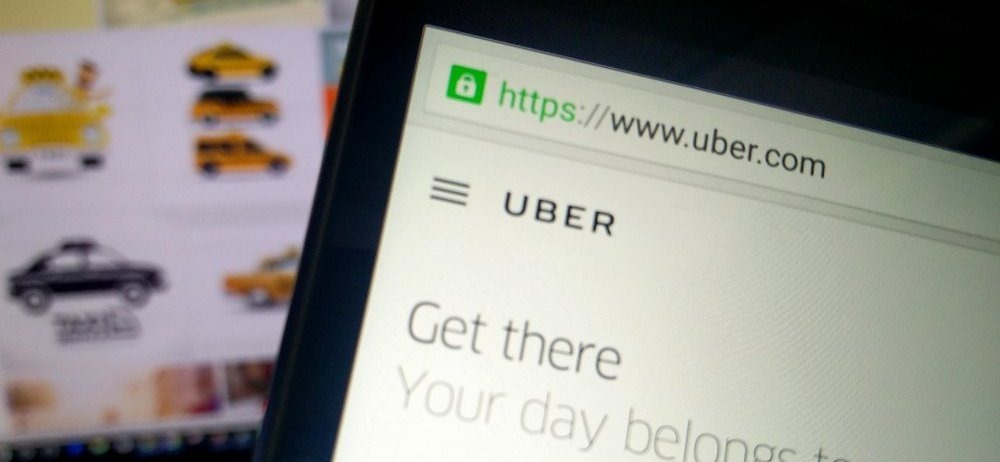Uber To Charge Upfront Fares to Eliminate Surge Pricing; Trials Start in Select Indian, US Cities

India’s second largest cab-aggregator, Uber, is testing a new kind of billing service for its customers, upfront fares. The company received a lot of flak for introducing surge pricing in India and has since then been working to make pricing flexible.
In a blog post by Arundhati Singh and Dennis Zhao, Product Managers at Uber, the company is slowly rolling out upfront fares for randomly selected customers to test the new offering. It is similar to how users can see their fare in uberPOOL before the start of the trip itself, making the commute more transparent.
According to the cab aggregator, the fares will be available upfront to the passenger before boarding the cab and will be deducted there itself. Uber says that knowing the trip fare ahead of the trip has been appreciated by customers.
Owing to this, the surge pricing lightning icon will disappear from the app and the dynamic fares will be calculated using a few parameters, known better to Uber.
The blog post read, “Knowing how much a ride will cost in advance is clearly something riders appreciate: today uberPOOL accounts for over 20 percent of all rides globally. And we now want more riders globally to benefit from this feature.”
How does Uber plan to calculate the fare beforehand?
Uber hasn’t given us the complete picture of how the company plans to simulate the fares, but from what we know, the upfront fare will be calculated using distance, traffic conditions, time taken to reach the destination and availability of Uber cabs around.
The company will also take into account the number of riders requesting a cab, so instead of surge, the pricing and fare might increase in case the number of cabs available are less. This service has rolling out to select customers since April and will be gradually implemented on throughout the fleet.
Forecasted fare isn’t same as actual fare, isn’t this wrong?
Uber has an ‘Estimate Fare’ option that calculates the trip fare to your destination. It provides you with a range so that you are not less in cash or digital money. Uber has gone a step ahead and merged surge pricing and estimating fare into one, so that it does not land into more trouble with the Government.
Now if Uber charges 20% more than the usual ride fare, customers will not mind because psychologically the word ‘surge’ and letter ‘2x’ or ‘3x’ won’t flash in front of you on your screen. Uber will simply give you the fare amount you have to pay, depending on the route.
However, there seems to be one small issue with this technique. Let’s say I am booking a ride for my destination 30 kms away. In the meantime, the traffic conditions improve and there is my time to destination reduces drastically, I will still have paid the higher fare for my commute.
That would be a loss for me and as a customer, wouldn’t I want to pay the actual price for the ride? In fact, vice-versa is true for Uber and they would make loss as well if the traffic conditions worsen. Is the expected fare giving any advantage to Uber or the customers, apart from merging surge into it? Probably not.
However, in most cases, the expected price and actual price would not differ much, so both the parties wouldn’t be losing out a lot on their ride.
Uber has been working very smartly to introduce this service so that the keyword ‘surge’ does not pop up in the customer’s mind anymore. Overall, the new process sounds exciting and less biased towards consumers. Let us know of your experience with the new upfront fares from the cab aggregator.
Source: Uber
